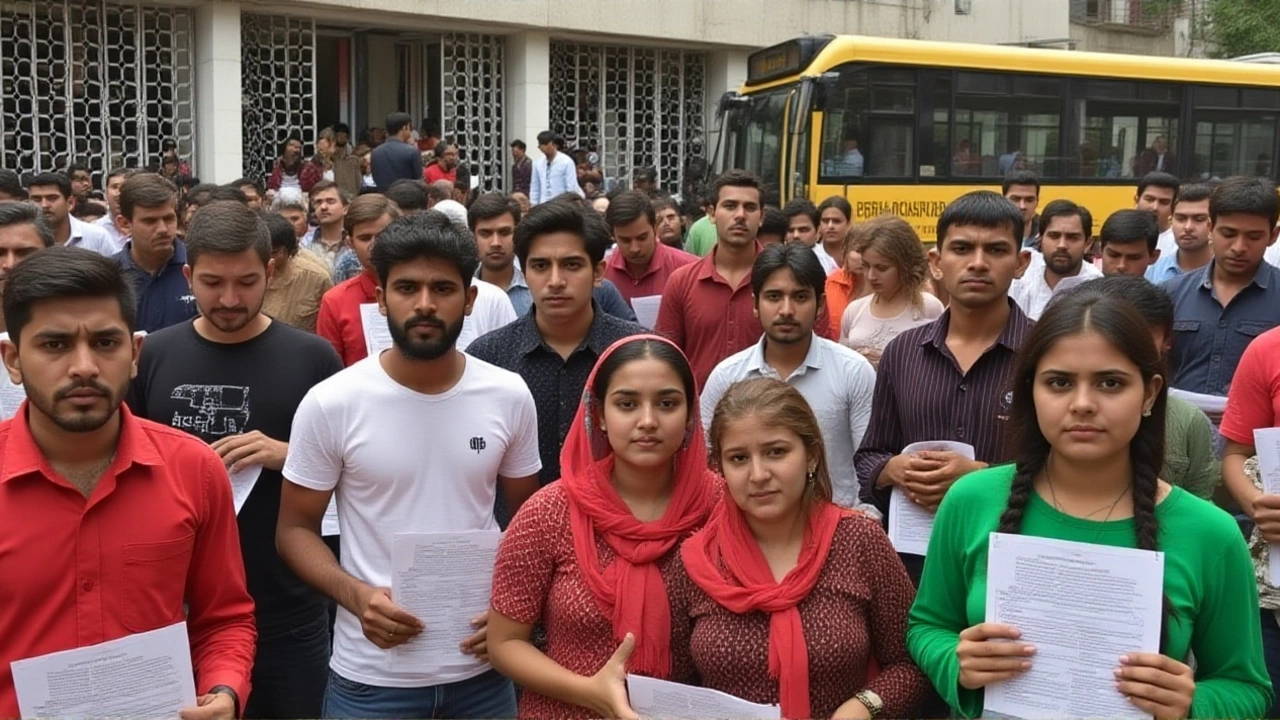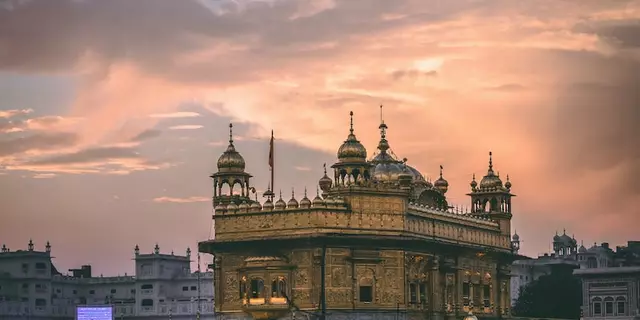When summer heat sweeps across southern India, street vendors in Chennai, Vijayawada, and Cuttack pull out baskets of a cool, translucent fruit that melts on the tongue like frozen sugar water. This isn’t an imported delicacy—it’s the ice apple (Borassus flabellifer), a native palm fruit that India produces more of than any other country on Earth. Harvested between April and July, the fruit’s jelly-like flesh, known locally as Nungu or Tadgola, has become a seasonal staple for millions, quietly making India the world’s largest producer without ever appearing on global trade reports.
Why India Dominates the Ice Apple Market
What sets India apart isn’t high-tech farming or government subsidies—it’s geography and tradition. From the coastal belts of Tamil Nadu to the river basins of West Bengal and the dry plains of Bihar, the palmyra palm thrives without irrigation, fertilizer, or pesticides. These trees, which can live over 100 years, are practically self-sustaining. They stabilize soil, reduce erosion, and even provide shade for other crops. In many villages, they’re considered sacred. And every spring, farmers climb the 60-foot trunks with bamboo ladders to harvest the heavy, spiky fruit clusters.
According to Adda247’s November 2025 report, over 80% of India’s ice apple supply comes from just five states: Tamil Nadu, Andhra Pradesh, Odisha, West Bengal, and Bihar. The fruit’s short shelf life—just 48 hours after harvest—means it rarely leaves the region. That’s why you won’t find it in supermarkets in New York or London. But within South Asia, it’s everywhere: sold by the roadside, blended into drinks, or served chilled in coconut shells.
A Fruit With a Thousand Names
The ice apple’s cultural footprint is as vast as its growing range. In Karnataka, it’s called Taati Nungu. In Telangana and Andhra Pradesh, locals say tāṭi muñjalu. In Tulu-speaking coastal Karnataka, it’s irōlu. Across the border in Myanmar, it’s htan-thee; in Indonesia, buah lontar or siwalan. Even in Socotra, an island off Yemen, the palm has naturalized after centuries of trade.
Thailand and Cambodia are also notable producers, particularly for use in desserts and beverages. But their output pales compared to India’s informal, decentralized harvest. No single farm or cooperative dominates the market. Instead, it’s thousands of smallholders, often women, who collect, crack open, and sell the fruit daily. There’s no national registry. No export quotas. Just tradition, taste, and timing.
The Data Gap That Lets India Lead
Here’s the twist: the world doesn’t officially track ice apple production. The Food and Agriculture Organization of the United Nations (FAO) doesn’t list Borassus flabellifer as a separate commodity. The USDA Foreign Agricultural Service tracks 48 million metric tons of regular apples from China in 2024/2025—but ice apples? Zero. The Agricultural Marketing Resource Center (AgMRC) confirms this gap, noting that while India ranks third in regular apple production, its ice apple output is invisible to global databases.
This isn’t oversight—it’s a reflection of how food systems work. Regular apples are traded globally, stored for months, shipped in refrigerated containers. Ice apples? They’re consumed locally, often within hours of being picked. Their value isn’t measured in dollars per ton—it’s measured in relief from the heat, in cultural continuity, in the quiet resilience of rural livelihoods.

Why This Matters Beyond the Season
As climate change pushes temperatures higher, crops that require no irrigation and thrive in extreme heat are becoming more valuable. The palmyra palm doesn’t just produce fruit—it’s a climate adaptation tool. Its deep roots prevent desertification. Its leaves are woven into mats and roofing. Its sap ferments into palm wine or evaporates into jaggery. And its fruit? A natural, sugar-free hydrator that costs nothing to grow.
Experts in agroecology say this could be a blueprint for other tropical nations. Unlike water-thirsty crops like sugarcane or rice, the palmyra palm survives droughts, floods, and poor soils. In a world racing toward food insecurity, India’s ice apple economy offers a low-tech, high-impact model. Yet, there’s little investment in scaling it. No research grants. No branding campaigns. No international certification.
What’s Next for India’s Hidden Fruit
Some startups in Kerala and Tamil Nadu are experimenting with cold-chain packaging to extend shelf life. A few are exploring dried ice apple chips and natural electrolyte drinks. But most farmers still rely on traditional methods—and that’s part of the charm. The fruit’s magic lies in its simplicity: no plastic, no chemicals, no trucks crossing borders.
If global institutions ever begin tracking Borassus flabellifer, India will likely remain the undisputed leader. But for now, its dominance is quiet, local, and deeply rooted—in the soil, the culture, and the summer heat.
Frequently Asked Questions
Why isn’t ice apple production tracked by global agencies like the FAO?
The FAO and USDA classify ice apple under broad categories like "other palm products" or "non-commercial fruits," since it’s primarily consumed locally and lacks formal export infrastructure. Unlike apples or bananas, it’s not traded internationally in bulk, so it doesn’t meet the threshold for separate commodity tracking. This reflects its informal, community-based economy rather than a lack of significance.
How does ice apple differ nutritionally from regular apples?
Ice apple is 90% water and low in calories, making it a natural hydrator rich in potassium and fiber. Unlike regular apples, which contain more sugar and polyphenols, ice apple has a mild, cooling effect ideal for hot climates. It’s naturally free of allergens and contains no citric acid, making it gentler on sensitive stomachs—hence its popularity among children and elderly populations in South India.
Can ice apple be grown outside of South Asia?
Yes, but with limitations. The palmyra palm requires year-round warmth, high humidity, and well-drained soil. It’s been successfully cultivated in parts of Florida, northern Australia, and the Caribbean—but yields are inconsistent without the traditional monsoon patterns of South Asia. Even in ideal climates, it takes 7–10 years for a tree to bear fruit, making commercial scaling difficult without long-term investment.
Why hasn’t India commercialized ice apple exports despite being the top producer?
The fruit’s 48-hour shelf life and lack of preservatives make long-distance transport nearly impossible without refrigeration infrastructure, which is scarce in rural harvest areas. Additionally, there’s no established international demand or branding. Unlike mangoes or coconuts, ice apple has no global marketing push. Farmers prioritize local sales, and there’s minimal government support for export development.
Are there any environmental benefits to growing palmyra palms over other crops?
Absolutely. Palmyra palms require no irrigation, no chemical inputs, and help restore degraded land. Their dense root systems prevent soil erosion, especially in coastal areas prone to salinity. Compared to monocultures like sugarcane or cotton, they support biodiversity by providing habitat for birds and insects. In drought-prone regions of Bihar and Odisha, they’re often the only reliable crop during dry spells.
What’s being done to preserve the palmyra palm’s future in India?
Some NGOs and state agricultural departments in Tamil Nadu and Karnataka have launched awareness campaigns to prevent palm felling for urban development. A few universities are studying genetic variants for higher yield. But there’s no national policy. The biggest threat isn’t pests or climate—it’s land conversion. As villages urbanize, palms are cut down for housing and roads, and younger generations often see them as "old-fashioned." Preserving them requires cultural revaluation as much as agricultural support.





